Gymnocalycium Mihanovichii Cristata Variegated (1017W35)
Gymnocalycium Mihanovichii Cristata Variegated (1017W35)
Crested Gymnocalycium Mihanovichii with brightly colored variegation growing in a 2.5-inch pot.
Rare Plants for Sale | Variegated Tropical Houseplants | Next World Exotics.
We specialize in exotic houseplants, including variegated aroids, hoya, cacti, and succulents. Whether you’re a seasoned collector or just starting your plant journey, we have something just for you.
*The plant pictured is the plant that you will receive. By purchasing, you agree to our Shipping Policy and Refund Policy.*
Couldn't load pickup availability
Gymnocalcyium Genus
Gymnocalcyium Genus
The Gymnocalycium genus comprises over 70 species of small, globular cacti native to South America, particularly Argentina, Paraguay, Uruguay, and parts of Brazil and Bolivia. These cacti are notable for their distinctive ribbed stems, which can vary in color from brownish to green to bluish-grey, and their unique spination patterns.
The name Gymnocalycium refers to the "naked" calyx of the flowers, meaning they lack scales or spines, a characteristic feature of this genus. The funnel-shaped flowers, which bloom in vibrant hues of white, pink, red, and occasionally yellow, emerge from the apex of the plant, adding to their ornamental appeal. Gymnocalyciums are favored by cactus enthusiasts for their manageable size, striking appearance, and relatively straightforward cultivation requirements.
Gymnocalycium Care
Gymnocalycium Care
Gymnocalycium prefer bright but indirect sunlight, as direct, intense sun can scorch their delicate stems. They thrive in well-draining cactus soil and prefer infrequent watering, allowing the soil to dry out completely between waterings to prevent root rot. During the growing season water moderately and feed with a diluted cactus fertilizer monthly. In winter, reduce watering significantly, as the plant enters dormancy. Gymnocalyciums are relatively cold-hardy but should be protected from frost. Ensuring good air circulation and avoiding overly humid conditions will help keep these cacti healthy and free from pests and diseases.
Share










